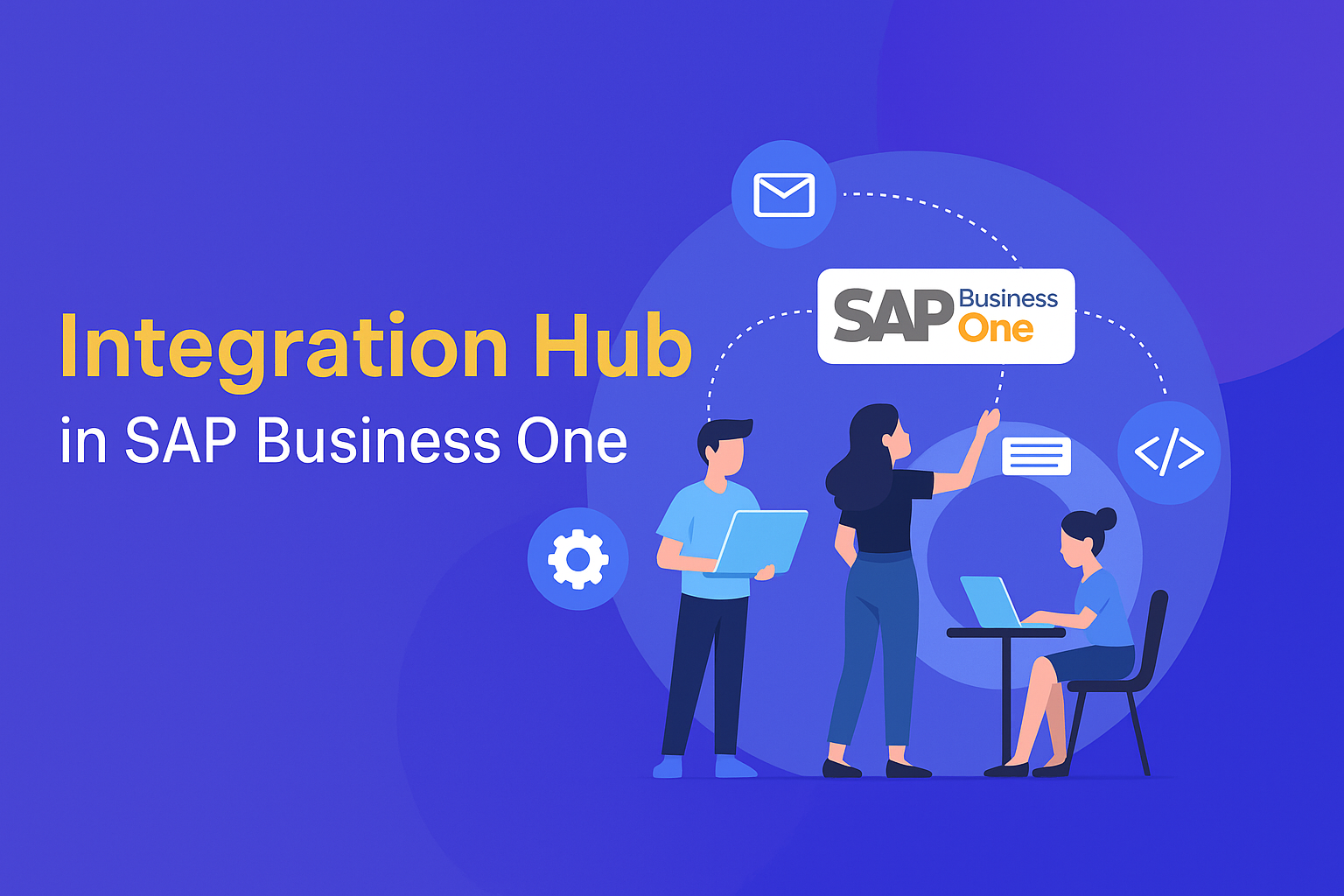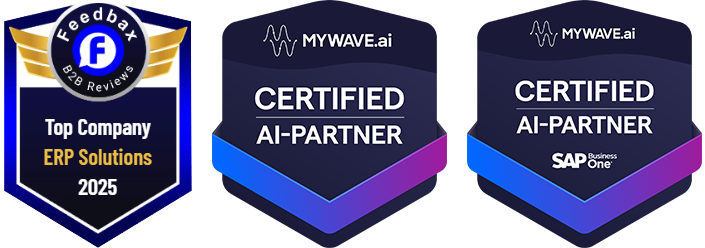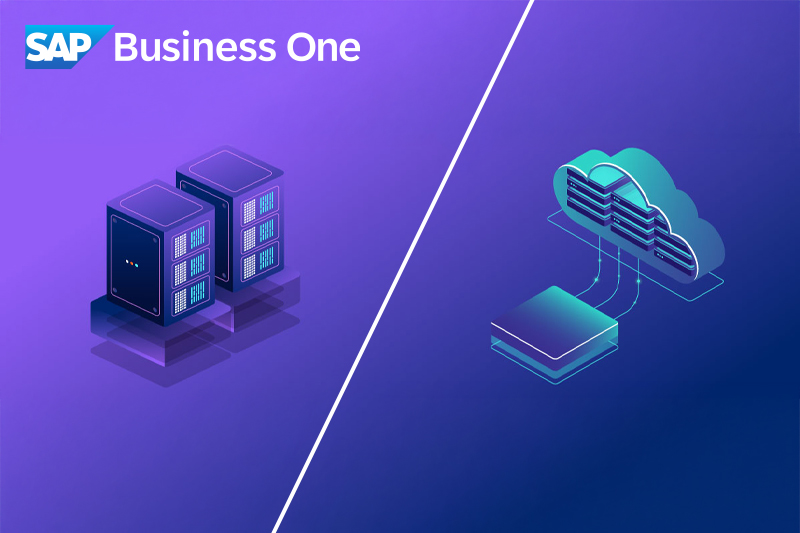
What Is Integration Hub in SAP Business One and How Does It Work?
What Is Integration Hub?
The Integration Hub is an official extension developed by SAP for SAP Business One (version 10 and later). It offers a low-code/no-code approach to connecting SAP B1 with various third-party platforms, eliminating the need for complex custom integrations. It enables pre-configured, template-based integrations with platforms such as:- Shopify
- Magento
- WooCommerce
- Amazon
- DHL, FedEx, UPS
- HubSpot
- Mailchimp
- Microsoft Outlook
- Salesforce
- Data inconsistencies
- Delayed operations
- Human error
- Poor customer experience
- Configuration via Templates
- Event-Based Triggers
- Data Mapping and Syncing
- Dashboard Monitoring
- Order processing time dropped by 45%
- Inventory data was synced across platforms in real time
- Customer satisfaction scores increased by 22%, based on faster delivery and accurate order confirmations
- Do I need a developer to set up the Integration Hub?
- Can Integration Hub support multiple platforms simultaneously?
- Is Integration Hub available for cloud and on-premise versions of SAP Business One?
- What happens if data syncing fails?
- Is Integration Hub suitable for SMEs or only large enterprises?





 Applicable for Package
Applicable for Package Optional
Optional